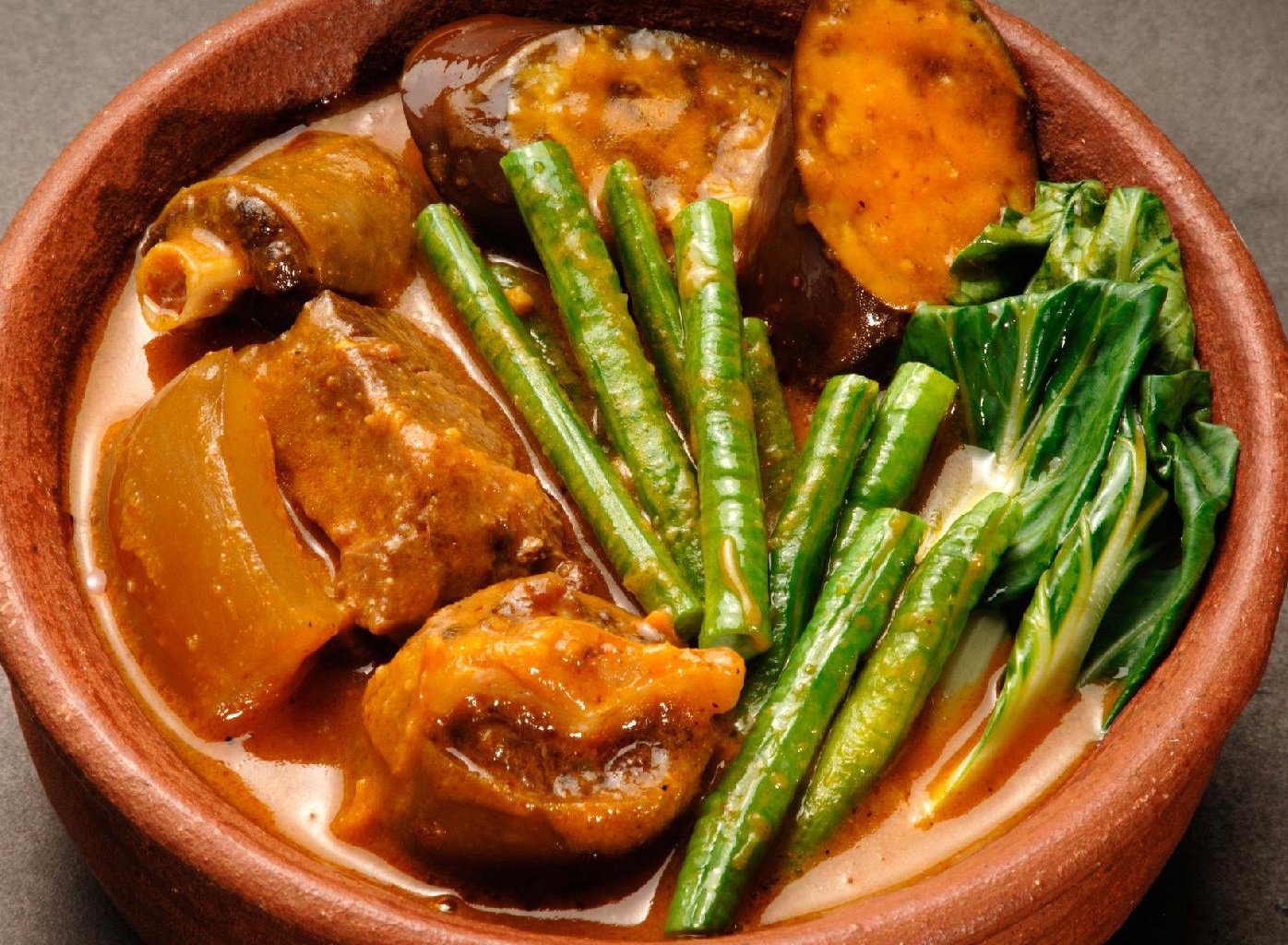Since I was in my elementary days, it is always emphasized that breakfast is the most important meal of the day. But, since those days, I always skip breakfast. It’s because I started my schooling days at noon and too lazy waking up. During my high school days, I still skipped it due to may early schooling and I used to wake up late. My college days are still the same. I’m on a night shift and will never wake up early.
In short, I’m not punctual. That’s why I used to skip my meals.
In line with this, here are some fun facts about breakfast in the Philippines:
A typical adult Filipino will eat garlic rice with tuyo (salted dried fish), or tocino, longanisa, and many more. Filipinos also love pandesal,which will cost you P2.00 each and paired with coffee. Breakfast here in the Philippines, always come cheap.
Egg is another typical breakfast to the Filipinos. We love fried eggs, salted eggs, scrambles eggs, boiled eggs, that most of the times paired with rice.
Another all-time favorite breakfast in the Philippines is called the Taho. This is a combination of jelly-like soya, syrup with some tapioca balls. This is catered by vendors roaming around places in the Philippine carrying bamboo yoke wherein both ends are hanging buckets containing the ingredients.
There are also sidewalk vendors catering different forms breakfasts like, porridge champorado, stir fry noodles, and many more. Usually, their prices are ranging from P5.00 to P25.00 depending on what you wanted to eat.
Filipino kids loved pancakes, oat meals, cereals with hot chocolate for their breakfast.
I asked 20 high school and 20 elementary students some information in their morning routine. I came up with the conclusion that 90% of high school students skipped their breakfasts while 50% of those coming from the elementary department were able to take it in the past month. Mostly of them stated the time issues in not taking their breakfasts.
A typical office worker will have a ready-made breakfast and this is due to hectic morning schedules. Again, because to punctuality reasons, most of the office workers usually take their breakfast at their office tables or will just dine in the nearest restaurant their offices.
But, despite of the time issue, Filipino adults will always promise to themselves of looking for time for them to cook their own breakfast. The saying goes: “Promises are meant to be broken (guilty!)”.
Based on an online poll, conducted in the last 24 hours, majority answered “sometimes” when asked on how often they take their breakfasts, followed by “always” and “most of the time, but not everyday”. Someone also answered “Never”. This made me come up with the conclusion that Filipinos are still into taking breakfasts.
FOR MORE INFORMATION JUST VISIT THIS LINK BELOW:










